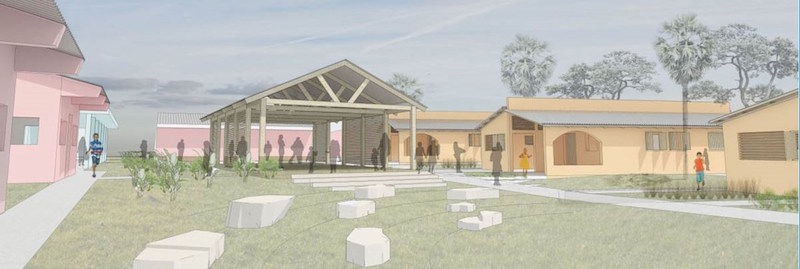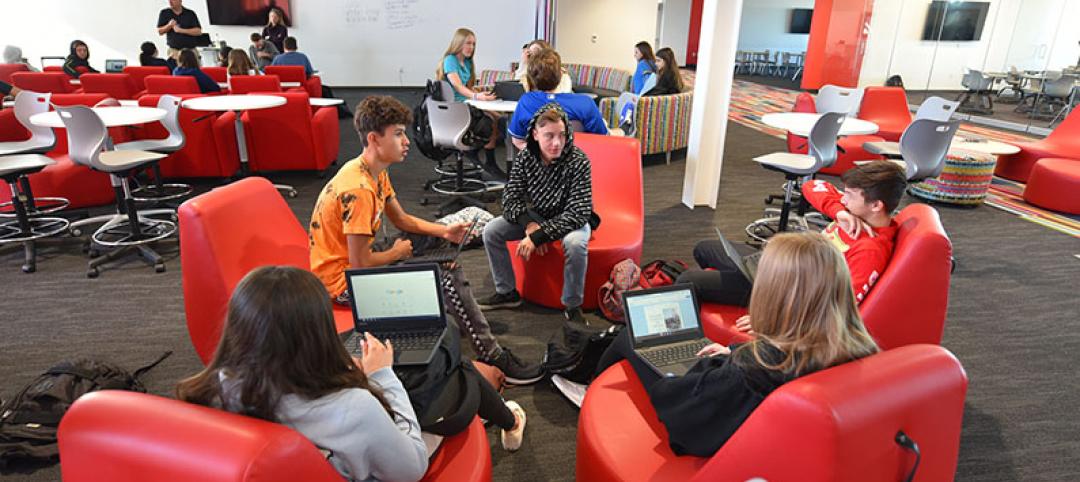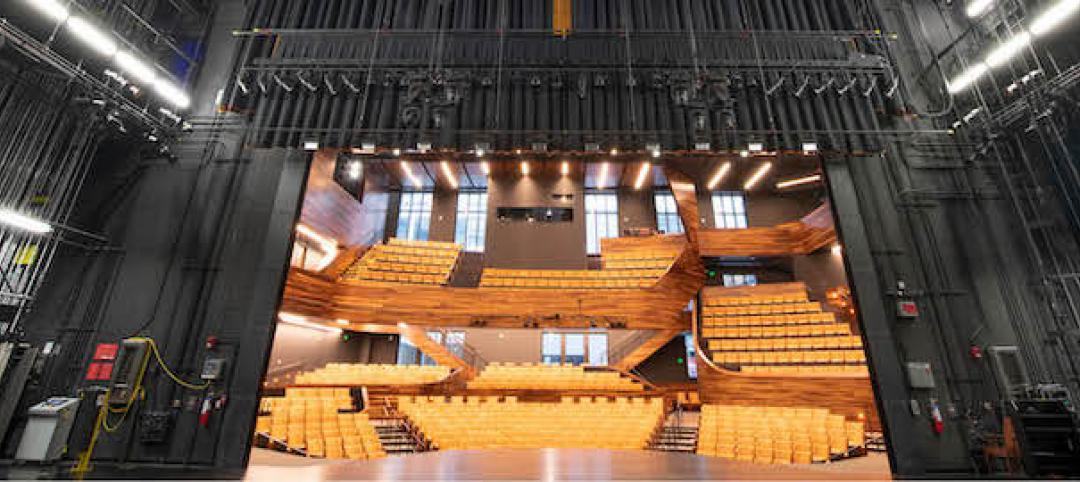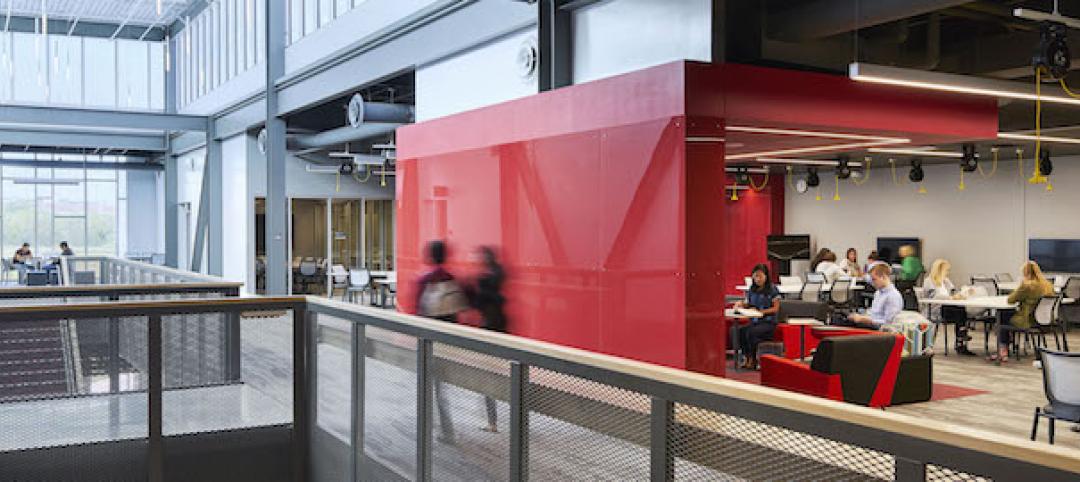In the United States alone, it is estimated that as many as 1.7 million youth experience homelessness. Our neighbors in Central America are not immune to these effects. CINAFE, a children’s home in Managua, Nicaragua, is one organization trying to help children living in transitional housing, or even those without. In 2016, I had the opportunity to join a volunteer trip where we repaired roofs, painted, mounted a basketball hoop, and made new friends. While there, I learned the children’s living quarters were rented by the hosting organization and the facilities did not meet necessary requirements to maintain the health and wellbeing of the residents on site. When an opportunity arose for the organization to acquire a site in a neighboring town on the outskirts of Managua, there was one major red flag: It provided no direct access to water. With the support of DLR Group through the firm’s professional development grant, I designed a masterplan for the proposed site and helped determine the economic, environmental, and social feasibility of the move these children needed.

From an architectural perspective, I saw an opportunity to create a unique, sustainable community on an otherwise unusable site. The ability to integrate rain collection into the overall design was the necessary and driving force of the project. Open, concrete rain channels collect water from the grounds and building roofs to utilize a collection and filtration system large enough to support potable water for year round use. Five thousand square feet of roof will collect up to 3,000 gallons per inch of rain. Based on a month that sees 9 inches of rain, we can collect 27,000 gallons of rainwater per month. Combined with a 35,000-gallon cistern, this strategy can support 20 gallons on the site per person, per day.

The open rain channels also help define spatial programming for places of play, wonder, and education to create a sense of community and family for the children of CINAFE. After identifying the program goals and discussing flexibility of the space, I designed three identical homes for each “family” of eight children and a house mother. Along with the open rain channels, the homes define individual spaces and create safe viewing corridors across the parcel of land. With each unique space for the families to live, the children are given the ability to grow, develop, and carve out their own identity.

Future steps include working with the local government for approval to move the children to the new site. Immediately after, the rain collection system can be built and family homes can be established. Not only will the collected water help the children and staff of CINAFE, there is an opportunity to share resources with an adjacent impoverished neighborhood.

Architects have the power to put their skills to work, and grassroots efforts helping communities like this in Managua, one at a time, are the cornerstone of elevating the human experience through design. I am proud to be part of a firm that supports this mission.
More from Author
DLR Group | Oct 30, 2024
Reasons to reinvent the Midcentury academic library
DLR Group's Interior Design Leader Gretchen Holy, Assoc. IIDA, shares the idea that a designer's responsibility to embrace a library’s history, respect its past, and create an environment that will serve student populations for the next 100 years.
DLR Group | Jan 8, 2024
DLR Group adds executive leaders
DLR Group Chief Executive Officer Steven McKay, AIA, RIBA, announced new executive leaders for the 100% employee-owned, globally integrated design firm.
DLR Group | Nov 30, 2023
A lasting housing impact: Gen-Z redefines multifamily living
Nathan Casteel, Design Leader, DLR Group, details what sets an apartment community apart for younger generations.
DLR Group | Nov 6, 2023
DLR Group opens office in Nashville, Tenn.
DLR Group is expanding its presence in the Southeast with the opening of an office in downtown Nashville, Tenn.—a collaborative effort led by DLR Group Principals Matthew Gulsvig, AIA, LEED AP, and Randall Coy.
DLR Group | Jan 27, 2021
Selecting indoor air quality monitors to maintain healthy spaces
In searching for an indoor air quality monitor, most devices will measure a combination of temperature, relative humidity, carbon dioxide, particulate matter, and total volatile organic compounds.
DLR Group | Sep 1, 2020
The rise of inquiry-based learning in K-12 communities
Inquiry-based education offers a methodology that does not rely solely on the educator being the lead in all learning.
DLR Group | Aug 31, 2020
Reopening campus performance arts centers
Live productions, which offer students the opportunity to hone their skills with true audience feedback, currently pose health risks for students and faculty.
DLR Group | Jun 11, 2019
The power and possibility of adaptive reuse
Building reuse generally offers greater environmental savings than demolition or new construction.
DLR Group | Apr 29, 2019
A look ahead to learning in 2050
Fast forward to the year 2050 and beyond, and imagine what education looks like.
DLR Group | Aug 31, 2018
The building data analytics revolution in three acts
Increased transparency of operational building data is impacting accountability.
















